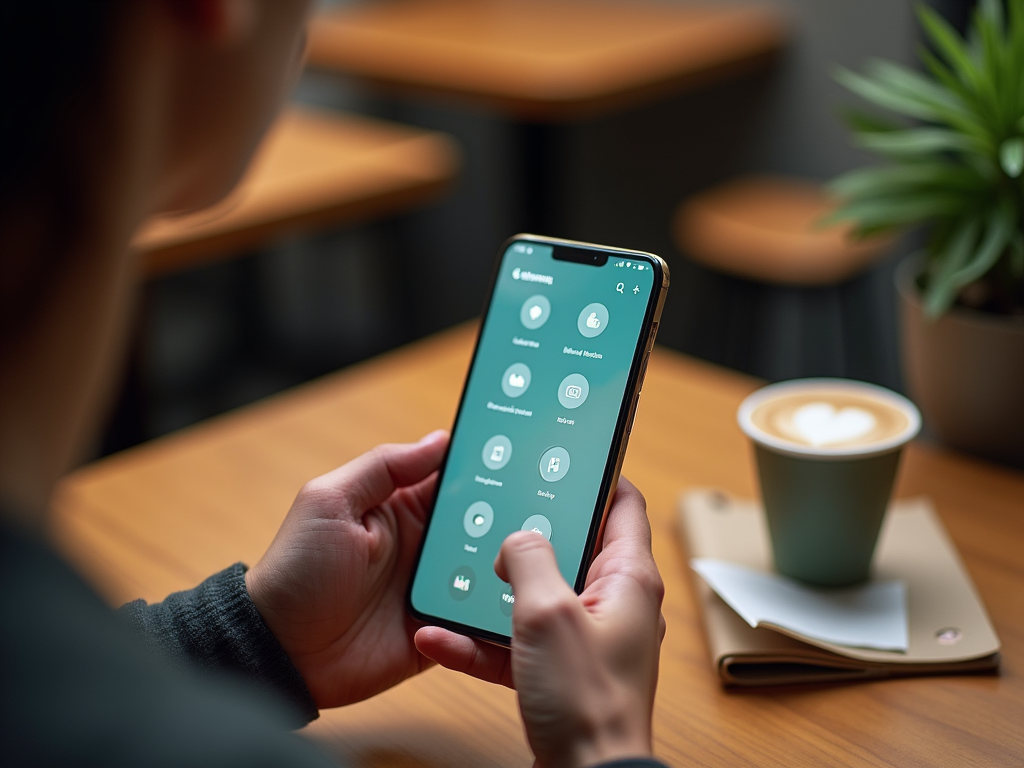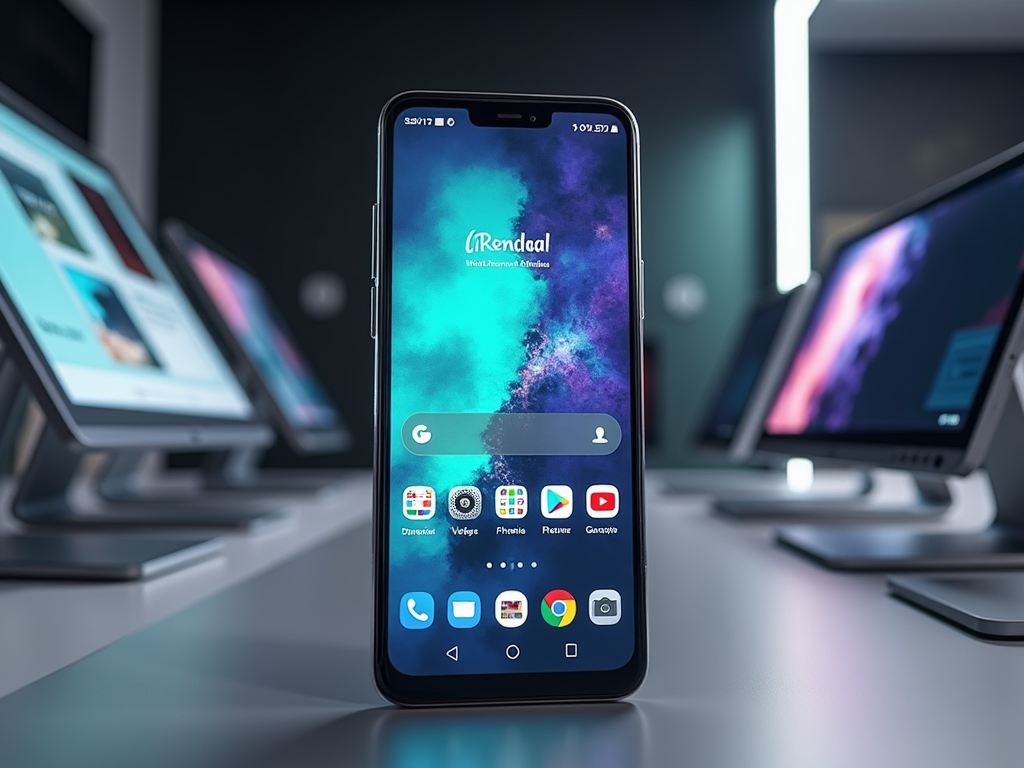The ability to tap the top of the screen to instantly scroll back up is a much-loved feature on iPhones, adding convenience and efficiency to everyday browsing. Android users, however, are not left out in the cold. While Android doesn’t offer this feature natively, there are effective workarounds to emulate this functionality. In this article, we’ll explore various methods to enable iPhone-like tap to scroll features on your Android device.
Using Third-Party Applications

One of the simplest ways to acquire the tap-to-scroll feature on an Android device is by using third-party applications. Apps like “One Hand Operation +” or “Smart Cursor” can be installed to emulate this functionality. These apps offer a range of gestures that can be programmed to perform specific actions, including returning to the top of a page with a simple tap.
Firstly, download a third-party app suitable for your device’s capability. These apps generally require Accessibility permissions to function effectively, so ensure you grant these during installation. Then, configure the app settings to map the gesture you desire, like tapping or swiping from a particular screen area.
Moreover, many of these apps allow for customizable gestures, which means you can tailor the scrolling experience to fit your personal preference. This customization ensures more than just a simple scroll function; it can become part of a more comprehensive gesture control landscape for your device.
Gaining the Scroll Functionality via Launchers

Another approach to bringing this feature to your Android device is through the use of specialized launchers. Launchers can customize the user interface and control how gestures interact with the system. Launchers such as Nova Launcher allow you to assign gestures to various actions, including scrolling to the top of your screen.
Begin by installing a suitable launcher from the Google Play Store. You’ll often find such launchers rich in features and with a robust community offering plenty of user-generated transition effects and managers. Once installed, navigate to the gesture settings, and assign a tap-or-swipe function to execute a scroll to the top.
Launchers not only offer the desired scroll-up function but also provide an opportunity to completely revamp your Android experience with themes, icon packs, and more. This makes them an excellent choice for users who wish to both enhance functionality and refresh their device’s interface.
Utilizing Web Browser Features
If your primary concern is web browsing, enabling tap-to-scroll might be as simple as using a feature-rich browser. Many web browsers available on Android, like Chrome or Firefox, have built-in features or extensions allowing enhanced navigational gestures.
To implement this, first check your browser’s settings for any scroll-related options. Some browsers offer basic gesture controls, and others might have additional plugins or settings that enable more advanced functionalities, including scrolling shortcuts.
This option benefits those looking for a solution tailored primarily to online browsing without altering system-wide controls. For users who spend a lot of time surfing the web, adopting a feature-rich browser can be the most convenient and resource-efficient method of achieving iPhone-like navigation.
An alternative for the tech-savvy is to delve into the developer options of your Android device. This method does not directly enable a tap-to-scroll feature, but it allows the customization of various input and aesthetic aspects, which could be adapted to mimic the functionality.
Begin by unlocking developer options — tap the build number in your settings several times until it confirms developer mode activation. Once in developer options, experiment with input controls, animations, and time settings to fine-tune how your device responds to rapid motions and taps.
This route allows a deeper, albeit more complex, level of customization and is recommended only if you’re comfortable navigating these advanced settings. Missteps here could affect other functionalities, so proceed with caution.
Conclusion
Although Android users do not have an out-of-the-box tap to scroll to the top of the screen feature like iPhone users, the variety of options available make emulating this nimble navigation tool highly achievable. Whether through third-party apps, customizable launchers, feature-rich browsers, or developer option tweaks, Android users can enjoy similar convenience without switching devices. The solution that best fits your needs will depend on how heavily you’re willing to customize your user interface and whether you seek a complete system overhaul or a simple browser enhancement.
Frequently Asked Questions
1. Can I enable tap-to-scroll natively on Android?
No, Android does not natively support the tap-to-scroll feature found on iOS devices. However, through the use of third-party applications and configuration tools, you can emulate this functionality.
2. Is it safe to use third-party apps to enable tap-to-scroll?
Yes, it is generally safe as long as you download apps from the Google Play Store and check the reviews and permissions. Always assess the permissions requested and only grant those that are necessary for the app’s functionality.
3. What is a launcher, and how does it help with gestures?
A launcher changes the graphical user interface and behavior of the home screen on your device. It helps with gestures by providing additional control over how touch interactions work, allowing you to assign shortcuts like tap-to-scroll.
4. Do I need to root my device to enable these features?
No, rooting is not necessary to use third-party apps, launchers, or make adjustments to developer options. These methods are designed to work on non-rooted devices safely.
5. Which approach is best for achieving tap-to-scroll on Android?
The best approach depends on your preferences. If you value ease of use, a third-party app might be ideal. However, if you’re seeking overall customization of your device, a launcher might serve you better. For browser-specific needs, adjusting settings in a feature-rich browser is a straightforward solution.





